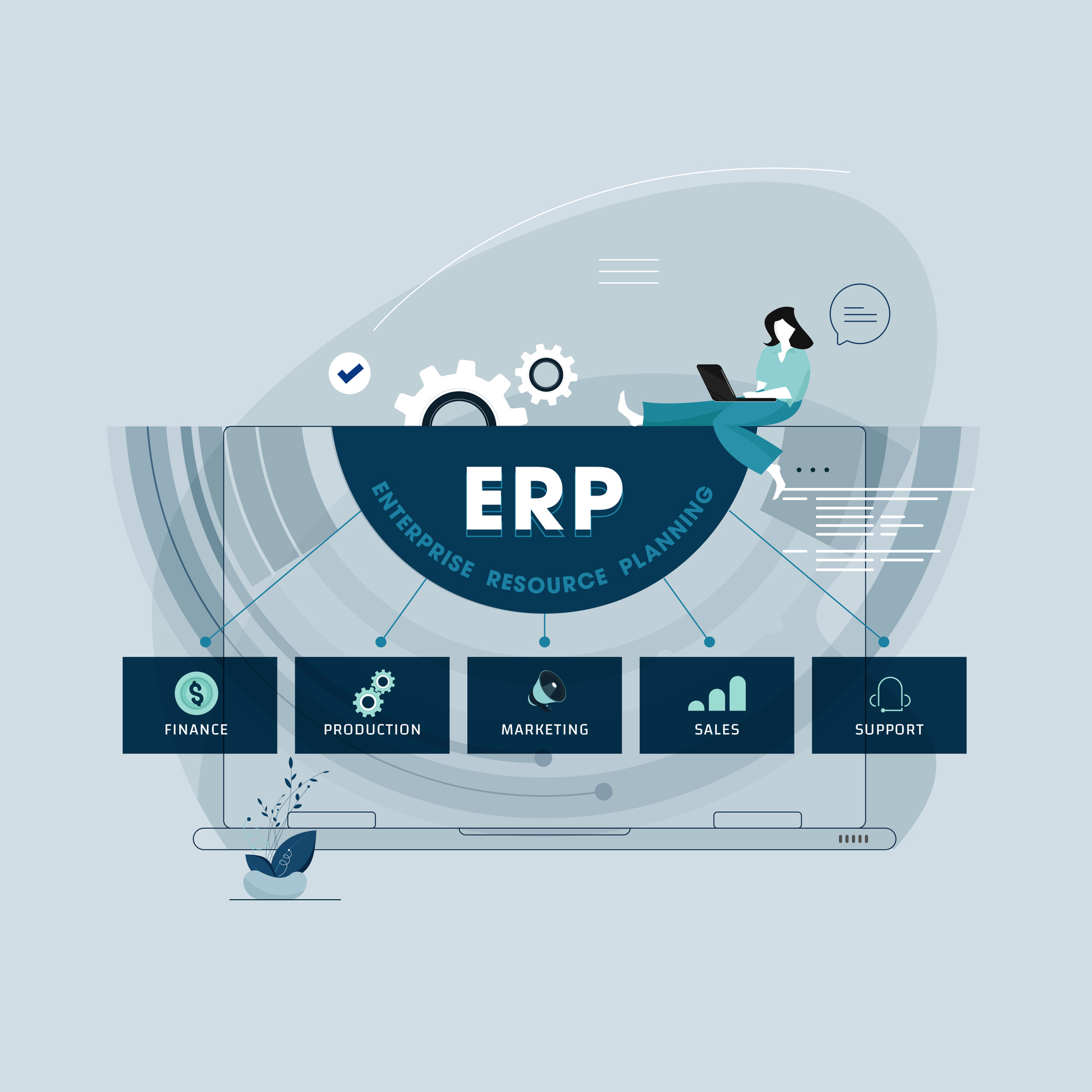Creating an experience that keeps your customers satisfied and loyal to your distribution business requires more today than it did 20 or 30 years ago. Back then, proximity alone generally meant customers were unlikely to defect to a competitor. Today, customers are more educated with more choices than ever, and they are swayed by criteria far beyond geographic location. Even more challenging, customers increasingly make their buying decisions over the computer without much input from an actual salesperson, putting pressure on the strength of a company’s digital branding.
Ultimately, it’s the overall experience customers have with their distributors that drives the final selection. And successful distributors are the ones who obsess over customer experience–ensuring that when people do business with them, they come away feeling great about the company, the products, and the staff.
3 Ways Technology Can Transform Customer Experience at Your Distribution Company
Whether you’re starting from scratch or looking for ways to improve your current approach, using technology as the foundation of your customer experience transformation strategy can lead to positive results in three primary ways:
1. Go beyond data. Be information-driven.
Distributors tend to make decisions that impact customer experience through one of three lenses. First, and arguably the least reliable, is through “tribal knowledge”—anecdotes and opinions derived from the collective wisdom of staff who have been doing their jobs for decades, and therefore believe they know their customers better than anyone else. Personal experience can’t be completely discounted, but this subjective lens is often devoid of reliable facts on what customers like and don’t like, and doesn’t translate into measurable, scalable insights. At its extreme, operating through the faulty lens of tribal knowledge can lead to huge gaps in a company’s ability to understand its customers, leaving them blindsided when those customers leave for the competition.
Data is the second lens through which distributors make customer-focused decisions. No one will argue with the importance of data as it pertains to informed decision-making, but data on its own is raw, unanalyzed, and even unrelated. Like tribal knowledge, raw data is devoid of the proper context for truly strategic decision-making.
There is a third and more robust approach to consider: an information-driven approach. Successful distributors invest in technology that processes, analyzes, and structures raw data in a way that records consumer behaviors without bias, impressions, or personal feelings. Objective context around customer buying habits, their decision-making processes on products to purchase, and choices they make when weighing the benefits of a variety of products and vendors eliminates the risks and inefficiencies inherent in decisions driven by simple numbers or personal opinion. And, this information doesn’t disappear when an employee walks out the door.
Decision-making through a lens of data translated into relevant, actionable analysis in the form of information is far and way superior to any other strategy when creating a powerful customer experience.

2. Stock the right products in the right quantities.
Balancing and managing inventory is a chief concern—and challenge—for any distributor. Stories abound of emotion-driven inventory decisions by employees who elected to overstock based on a single past experience of product shortage. The resulting deadstock doesn’t just occupy valuable space in your warehouse. It also ties up your working capital and leaves you vulnerable to inventory gaps that drive customers into the arms of competitors.
This is why successful distributors use technology—and the information it produces—to improve purchasing decisions. They know what percentage of their stock is moving quickly versus how much hasn’t moved in 12 months. Spikes in orders received can drive alerts while there is time to react. By investing in the right products at the right time and avoiding products that are too similar, distributors can simplify demand planning, deliver on demand, and provide a stellar customer experience—simultaneously.
Even if business is currently good, look at your data through a critical lens, ensuring the information it yields is reliable, certain, and useful. Go through your warehouse and identify items you can get rid of to free up space for the products that matter. Your customers (and your profit margins) will thank you.
3. Proactively observe and respond to changes in customer behavior.
Don’t wait until a customer has already defected to find out what went wrong. Instead, keep an eye on their buying behaviors so you detect changes early. An effective technology platform will alert you to changes in customer behavior in a timely manner, which in turn allows you to obtain feedback from your sales team, find out what they might have missed, and quickly determine the right course of action. By taking proactive measures to understand your customers’ purchasing habits and recognize patterns quickly, your team can make the appropriate course corrections before customers establish new relationships with a competitor. In the end, you’ll increase your client retention rates.
How Information Powers the Customer Experience
Here’s a real-life example of how an information-driven approach to managing your distribution business enhances both the customer experience—and company profitability.
Let’s say your data shows that you generate twice as much revenue from Customer A than from Customer B. While your impulse might be to focus your energies on the former, the right information and context may steer you in a different direction. For instance, your analytics may reveal that to retain Customer A, you had to offer discounts, absorb payment delays, and accept quick returns. Customer B, on the other hand, generates significantly more profit as they pay their bills on time, keep most of the stock they order, and exhibit other behavior that incurs lower operational costs relative to Customer A. While both customers are important to your bottom line, this deeper-level understanding of customer patterns can help teams prioritize efforts more strategically, which, in this example, would mean focusing on Customer B’s business and changing Customer A’s buying behavior.
In the end, investing in a positive customer experience transformation is a powerful way to create and maintain a true competitive advantage—and impact your business for the long term.














